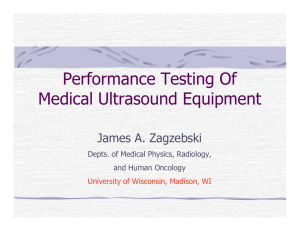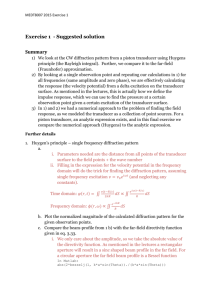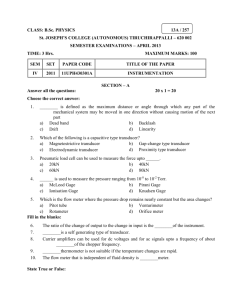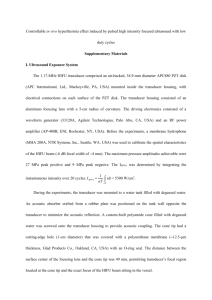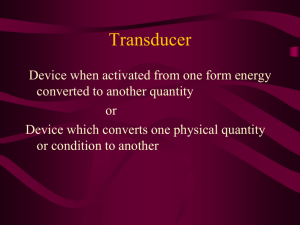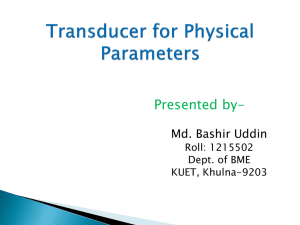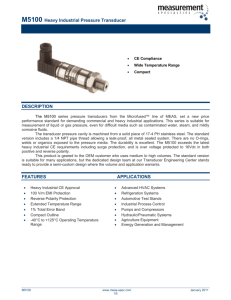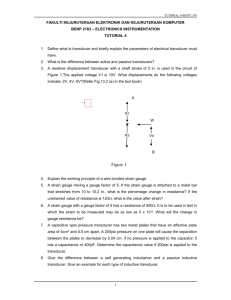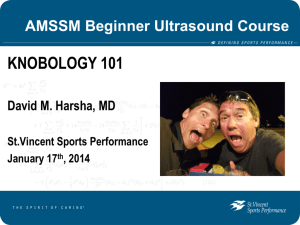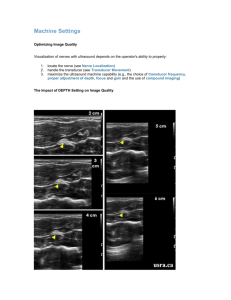The 200kHz Transducer
advertisement
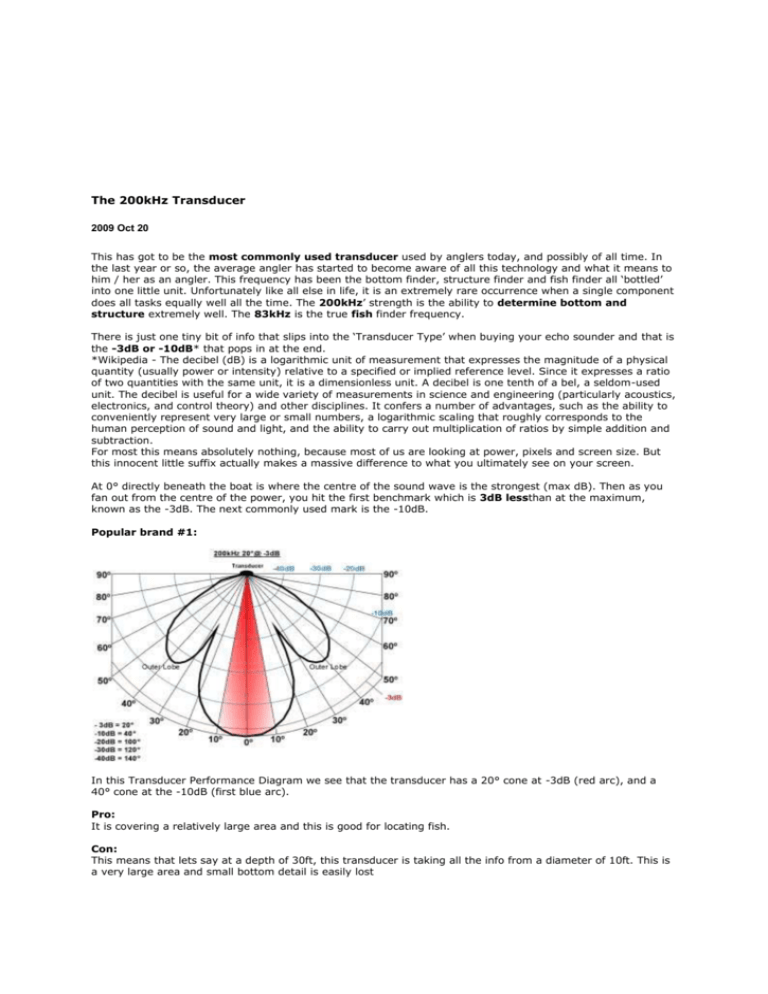
The 200kHz Transducer 2009 Oct 20 This has got to be the most commonly used transducer used by anglers today, and possibly of all time. In the last year or so, the average angler has started to become aware of all this technology and what it means to him / her as an angler. This frequency has been the bottom finder, structure finder and fish finder all ‘bottled’ into one little unit. Unfortunately like all else in life, it is an extremely rare occurrence when a single component does all tasks equally well all the time. The 200kHz’ strength is the ability to determine bottom and structure extremely well. The 83kHz is the true fish finder frequency. There is just one tiny bit of info that slips into the ‘Transducer Type’ when buying your echo sounder and that is the -3dB or -10dB* that pops in at the end. *Wikipedia - The decibel (dB) is a logarithmic unit of measurement that expresses the magnitude of a physical quantity (usually power or intensity) relative to a specified or implied reference level. Since it expresses a ratio of two quantities with the same unit, it is a dimensionless unit. A decibel is one tenth of a bel, a seldom-used unit. The decibel is useful for a wide variety of measurements in science and engineering (particularly acoustics, electronics, and control theory) and other disciplines. It confers a number of advantages, such as the ability to conveniently represent very large or small numbers, a logarithmic scaling that roughly corresponds to the human perception of sound and light, and the ability to carry out multiplication of ratios by simple addition and subtraction. For most this means absolutely nothing, because most of us are looking at power, pixels and screen size. But this innocent little suffix actually makes a massive difference to what you ultimately see on your screen. At 0° directly beneath the boat is where the centre of the sound wave is the strongest (max dB). Then as you fan out from the centre of the power, you hit the first benchmark which is 3dB lessthan at the maximum, known as the -3dB. The next commonly used mark is the -10dB. Popular brand #1: In this Transducer Performance Diagram we see that the transducer has a 20° cone at -3dB (red arc), and a 40° cone at the -10dB (first blue arc). Pro: It is covering a relatively large area and this is good for locating fish. Con: This means that lets say at a depth of 30ft, this transducer is taking all the info from a diameter of 10ft. This is a very large area and small bottom detail is easily lost Popular Brand #2: In this Transducer Performance Diagram we see that the transducer has a 10° cone at -3dB (red arc), and a 20° cone at the -10dB (first blue arc). Pro: This means that lets say at a depth of 30ft, this transducer is concentrated to a diameter of only 5ft. This will allow great detail of small variations in the bottom contour and structure. Con: Not good for locating fish, the 83kHz* frequency will be better when looking for fish. * If you are using a dual frequency 83/200kHz By John Easton: http://www.fishtec.co.za/200kHz_transducer.htm

